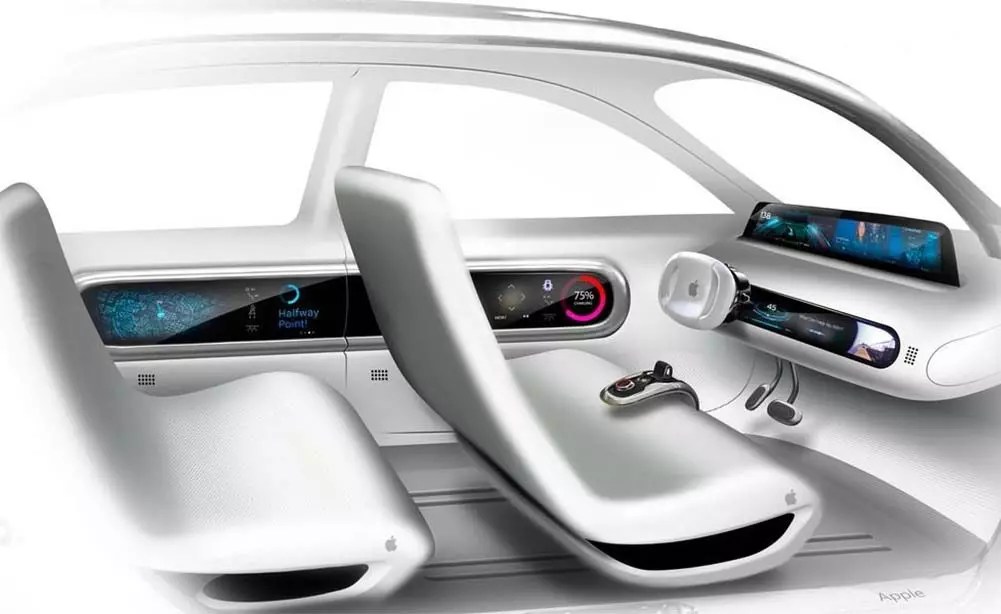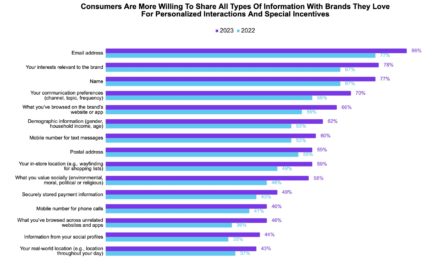A new Bloomberg report looks at the troubled history of the canceled Apple Car project. It’s a great read, although a subscription is required to read the entire article.
For example, the article says that in 2020 Apple’s top execss gathered at a former Chrysler testing track in Wittmann, Arizona, to try out the latest incarnation of the car. Here’s how it’s described: The prototype, a white minivan with rounded sides, an all-glass roof, sliding doors and whitewall tires, was designed to comfortably seat four people and inspired by the classic flower-power Volkswagen microbus. The design was referred to within Apple, not always affectionately, as the Bread Loaf. The plan was for the vehicle to hit the market some five years later with a giant TV screen, a powerful audio system and windows that adjusted their own tint. The cabin would have club seating like a private plane, and passengers would be able to turn some of the seats into recliners and footrests.
Most important, the Bread Loaf would have what’s known in the industry as Level 5 autonomy, driving entirely on its own using a revolutionary onboard computer, a new operating system and cloud software developed in-house. There would be no steering wheel and no pedals, just a video-game-style controller or iPhone app for driving at low speed as a backup.
Other tidbits from the article:
° An Apple Car project was at least talked about longer than most folks know. In the wake of the 2008 financial crisis, with American car companies on the brink of failure, then-CEO Steve Jobs considered acquiring General Motors. Tony Fadell, “the father of the iPod,” said he and Jobs talked about “what would be this generation’s new Volkswagen Beetle.” However, with Apple focused on making the iPhone a hit, Jobs decided it wasn’t time to launch a car project.
° Apple once considered buying Tesla.
° Apple considered working with — or perhaps buying — Mercedez-Benz, BMW, Ford, Volkswagen, McLaren, and other car companies.
° “Apple never got close to realizing its original vision, or any of its subsequent ones. It didn’t get as far as testing a full-scale prototype on public roads. That it didn’t is partly thanks to the enormous technical difficulty of its self-driving goals, as well as the punishing economics of the automaking business. The project was also a failure, at the highest levels of the company, to settle on one thing and do it.”
Article provided with permission from AppleWorld.Today




